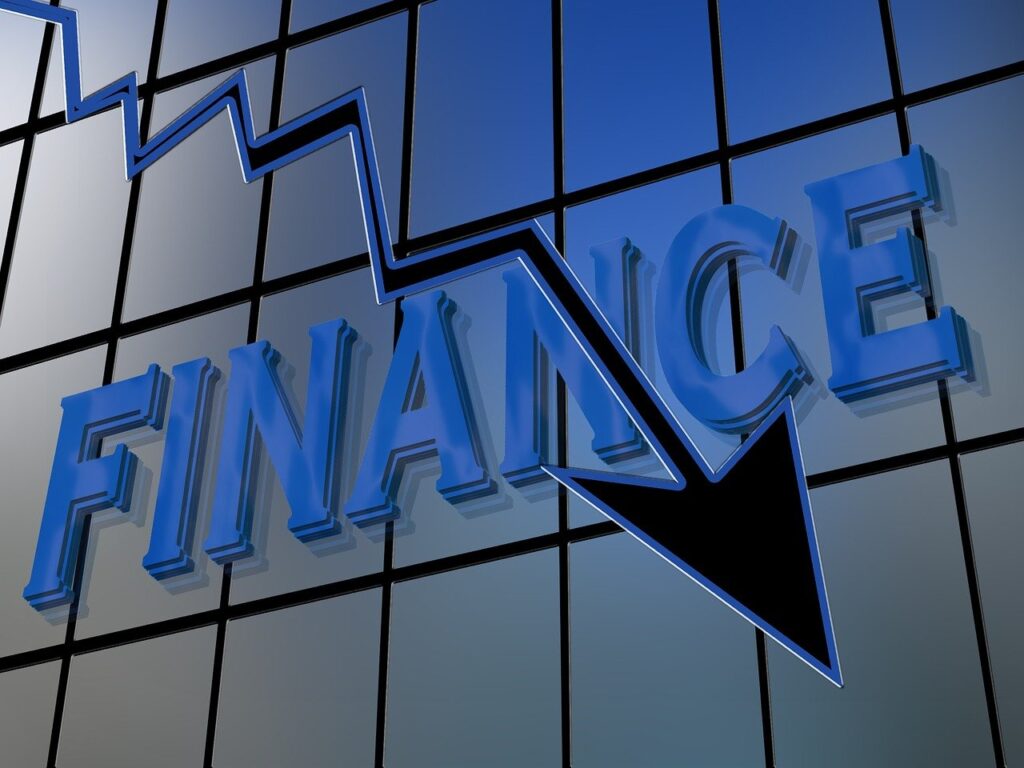
Recessions, although unfortunate, are a fascinating aspect of the economic landscape. While they may disrupt livelihoods and create uncertainty, they also present an opportunity for us to understand the intricate dynamics that cause them. In this article, we will embark on a journey to explore the factors that contribute to recessions, shedding light on this perplexing phenomenon.
Defining a Recession.
Wondering what exactly a recession is? A recession is a significant decline in economic activity across the economy, typically characterized by a decrease in GDP, rising unemployment rates, reduced consumer spending, and a general sense of economic turmoil.
Causes of it…
Financial Crises
One common cause of recessions is financial crises. These can emerge from the bursting of speculative bubbles in asset markets, bank failures, or excessive levels of household and corporate debt.
External Shocks
Recessions can also be triggered by external shocks, such as natural disasters, pandemics (as we’ve witnessed with COVID-19), or geopolitical tensions. These events can disrupt global supply chains and consumer confidence.
Monetary Policy
The actions of central banks play a significant role in economic stability. Tightening monetary policy, often to combat inflation, can inadvertently lead to a recession by making borrowing more expensive and slowing down economic activity.
Fiscal Policy
Government policies, including taxation and government spending, can influence the economy’s health. A sudden reduction in government expenditure or unfavorable tax policies can lead to a recession.
Technological Disruptions
The rapid pace of technological advancements can cause economic dislocations by rendering certain industries obsolete, leading to job losses and economic upheaval.
Trade Imbalances
When a country consistently imports more than it exports, it can lead to imbalances in the global economy, potentially triggering a recession.
One can prepare well in advace to cope up with recession. you can read the complete article here or clicking the following link
Identifying Early Warning Signs
Early warning signs of a recession are critical indicators that economists and policymakers closely monitor to anticipate an impending economic downturn. While no single indicator is foolproof, a combination of these signs can provide valuable insights into the health of an economy. Some early warning signs of a recession include:
- Yield Curve Inversion: When the yield on long-term government bonds falls below that of short-term bonds, it can indicate investor expectations of economic weakness. An inverted yield curve has historically preceded many recessions.
- Slowing Economic Growth: A significant and sustained slowdown in economic growth, particularly in key areas like GDP, industrial production, or retail sales, can be a warning sign.
- Declining Business Investment: Reduced business spending on equipment, technology, and expansion can signal a lack of confidence in the economy’s future prospects.
- Rising Unemployment: A rising unemployment rate, especially if it continues over several months, suggests that businesses may be cutting jobs due to reduced demand or economic uncertainty.
- Consumer Confidence: Falling consumer confidence levels may lead to reduced consumer spending, which can negatively impact the overall economy.
- Manufacturing Sector Contraction: A shrinking manufacturing sector, often indicated by the Purchasing Managers’ Index (PMI) falling below 50, can indicate a weakening economy.
- Financial Market Volatility: Increased stock market volatility, sharp declines in stock prices, or disruptions in credit markets can be precursors to a recession.
- Consumer Debt Levels: High levels of consumer debt, especially when coupled with rising interest rates, can strain households and reduce spending capacity.
- International Economic Conditions: Global economic factors, such as trade tensions, currency fluctuations, or a slowdown in major trading partners, can impact a nation’s economy and contribute to a recession.
- Housing Market Weakness: A housing market slowdown, marked by declining home prices or reduced construction activity, can have a cascading effect on the broader economy.
- Falling Corporate Profits: Declining corporate profits may lead to cost-cutting measures, including layoffs, which can further impact the economy.
- Banking and Financial Stress: Troubles in the banking sector, such as a surge in loan defaults or financial institutions facing insolvency, can destabilize the overall economy.
- Policy Changes: Sudden changes in government policies, such as significant tax hikes or interest rate increases, can disrupt economic stability.
Conclusion
In conclusion, recessions are complex events with a multitude of causes. They can be triggered by financial crises, external shocks, policy decisions, technological disruptions, and trade imbalances. Recognizing the early warning signs and taking appropriate actions can help individuals and nations weather these economic storms.


1 thought on “What Causes a Recession: 6 Powerful Indicators.”
Comments are closed.